Alphabet’s artificial intelligence outfit, DeepMind, plans to build a blockchain-style system that will carefully track how every shred of patient data is used. The company, which is rapidly expanding its health-care initiatives, has announced that it will build a tool that it calls Verifiable Data Audit during the course of this year. The idea: allow hospitals, and potentially even patients, to see exactly who is using health-care records, and for what purpose. By logging how every piece of patient data is used, the company hopes to leave behind an indelible audit trail.
Get Started for FREE
Sign up with Facebook Sign up with X
I don't have a Facebook or a X account
 Your new post is loading... Your new post is loading...

Magaly Siméon's curator insight,
March 7, 2017 1:00 AM
WHY THIS IS IMPORTANT The US is leading the AI revolution, for now. Surprised not to see Montreal in the list...

Farid Mheir's curator insight,
January 14, 2017 2:17 PM
Perfect Sunday morning reading which is guaranteed to make you reflect and ponder for the next weeks. The article is a typical New Yorker one, very well researched and written. So captivating that it got me to start reading the book which appears to be as captivating and surprisingly easy to read and understand. I love those finds and have the feeling this book will be the best complement to "Singularity is Near" and "On Intelligence" that I wrote about in the past.
- book "singularity is near": http://fmcs.digital/blog/singularity-is-near-an-essential-read-to-understand-why-technology-evolves-so-fast/ - book "on intelligence": http://fmcs.digital/blog/on-intelligence-mustread-to-understand-frontal-cortex-architecture-what-makes-us-intelligent/ - article "Why the future does not need us": http://fmcs.digital/blog/why-the-future-doesnt-need-us-a-reminder-that-ai-may-have-a-bad-side-via-wired/ - related posts: http://www.scoop.it/t/digital-transformation-of-businesses/?tag=Singularity+is+Near

Farid Mheir's curator insight,
January 16, 2017 9:18 AM
Perfect Sunday morning reading which is guaranteed to make you reflect and ponder for the next weeks. The article is a typical New Yorker one, very well researched and written. So captivating that it got me to start reading the book which appears to be as captivating and surprisingly easy to read and understand. I love those finds and have the feeling this book will be the best complement to "Singularity is Near" and "On Intelligence" that I wrote about in the past.
- book "singularity is near": http://fmcs.digital/blog/singularity-is-near-an-essential-read-to-understand-why-technology-evolves-so-fast/ - book "on intelligence": http://fmcs.digital/blog/on-intelligence-mustread-to-understand-frontal-cortex-architecture-what-makes-us-intelligent/ - article "Why the future does not need us": http://fmcs.digital/blog/why-the-future-doesnt-need-us-a-reminder-that-ai-may-have-a-bad-side-via-wired/ - related posts: http://www.scoop.it/t/digital-transformation-of-businesses/?tag=Singularity+is+Near

Flores Marisol's curator insight,
December 7, 2016 9:04 AM
Wow! Now that would be nice! No standing in lines!

Emily Herbek's curator insight,
November 4, 2019 10:51 PM
Amazon recently came out with another feature of their company called Amazon Fresh. This addition to the company propelled their business into the grocery industry. As a part of this new feature, Amazon incorporated the phrase amazon go. Once again, they promoted this feature via video.
|

Curated by Farid Mheir
Get every post weekly in your inbox by registering here: http://fmcs.digital/newsletter-signup/
|






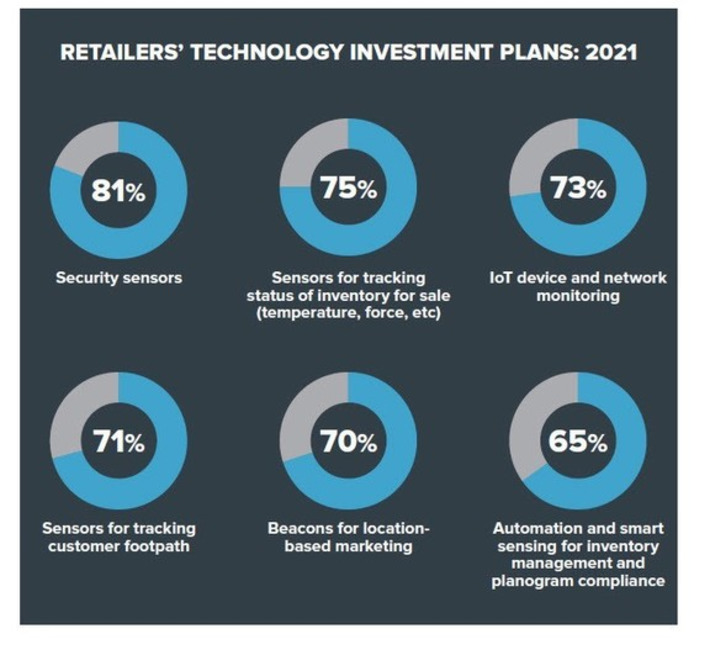
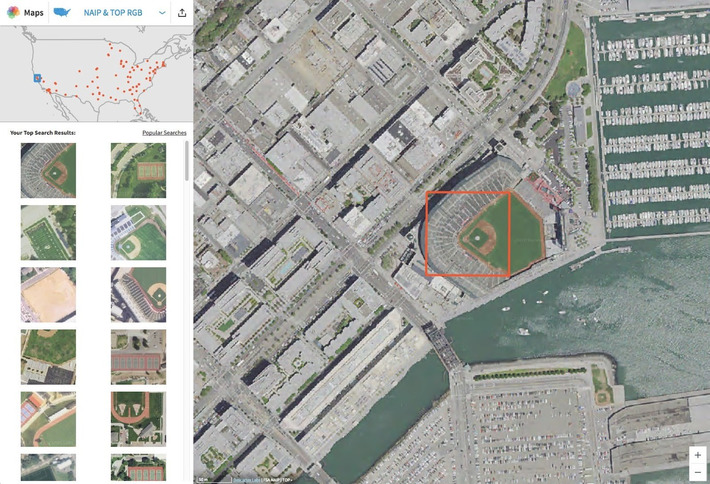
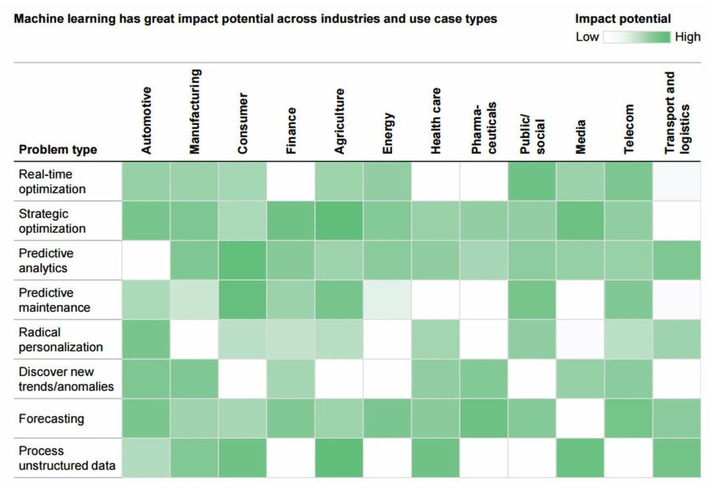
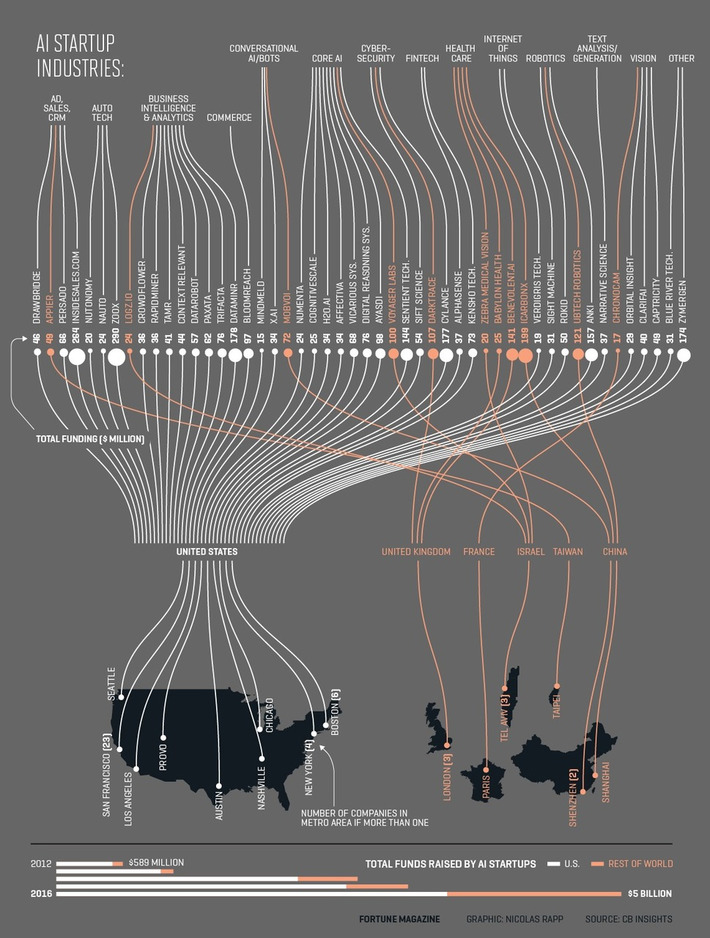
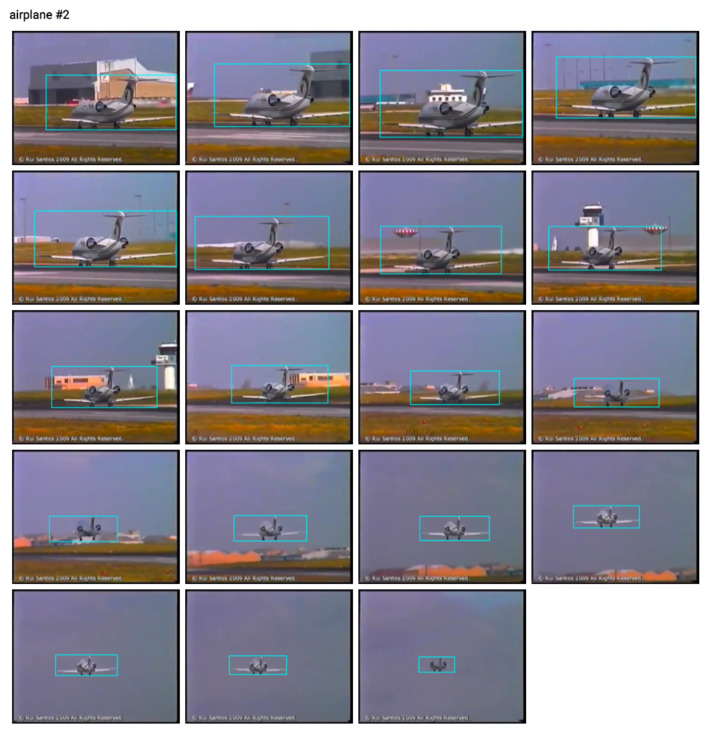


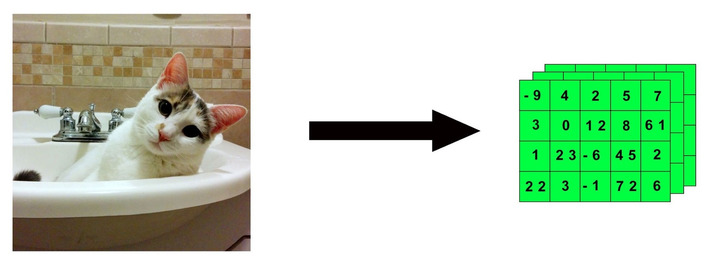
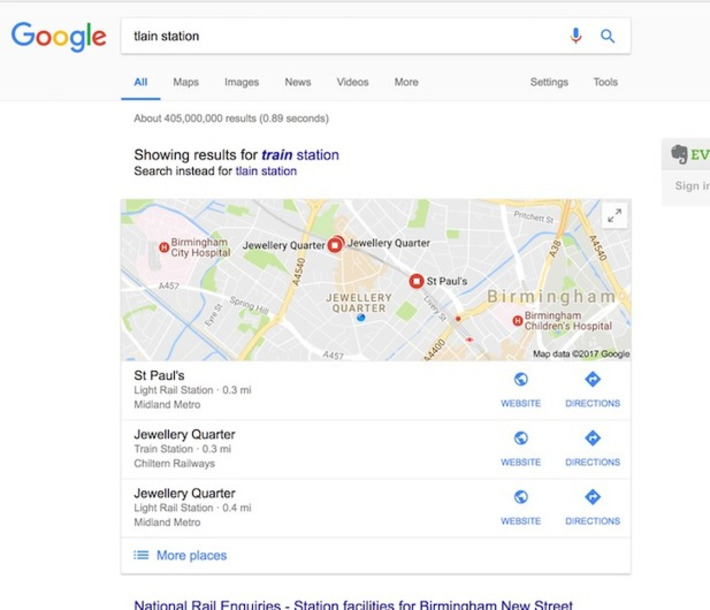
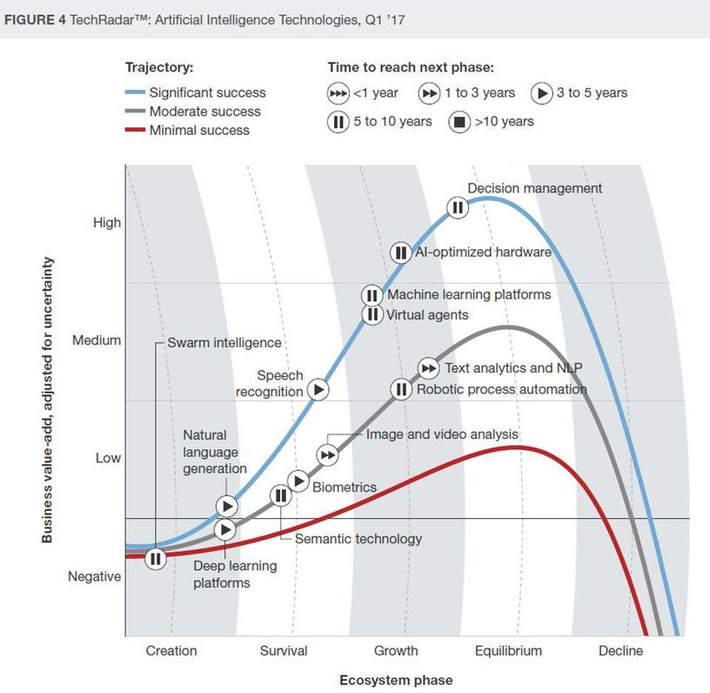


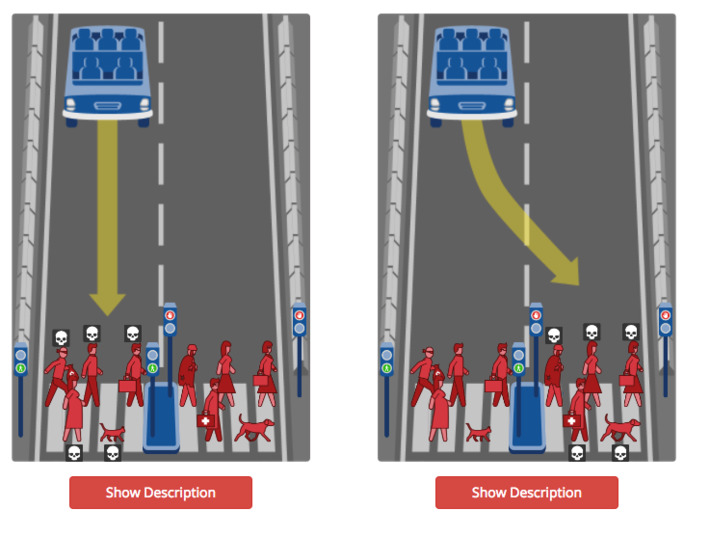

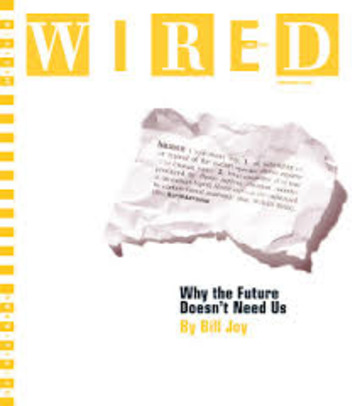

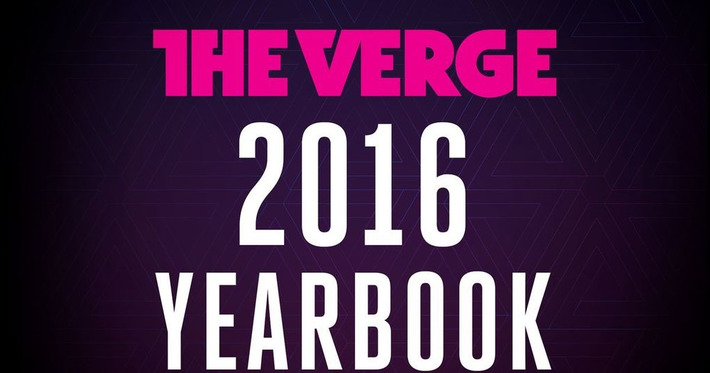
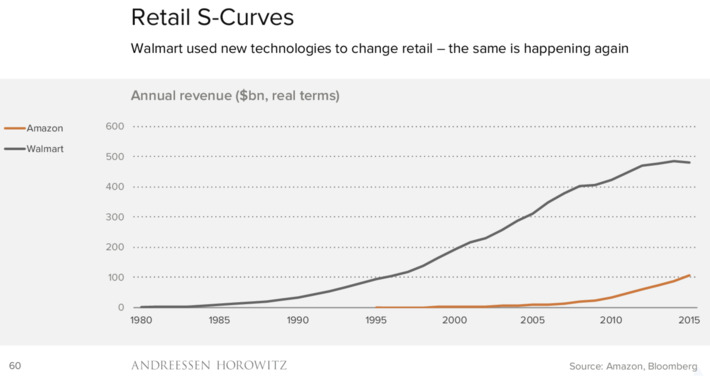

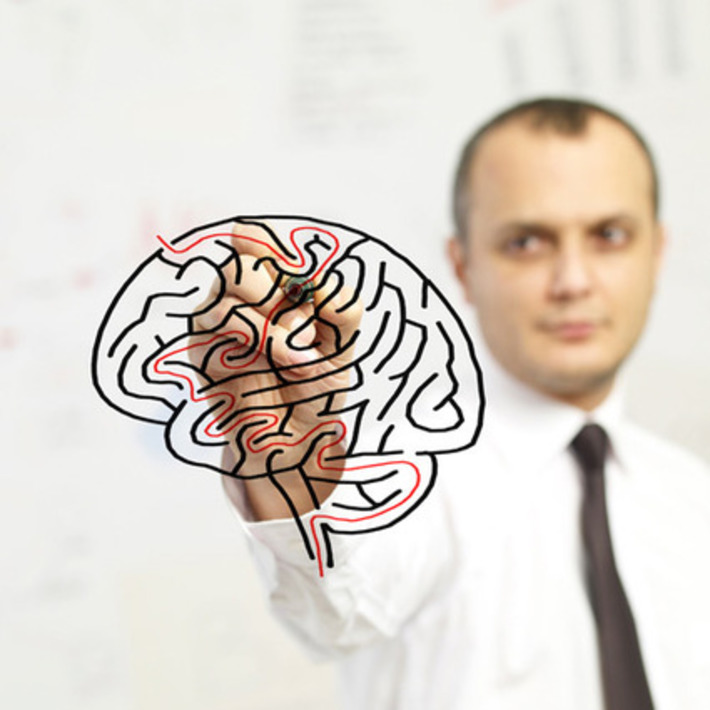


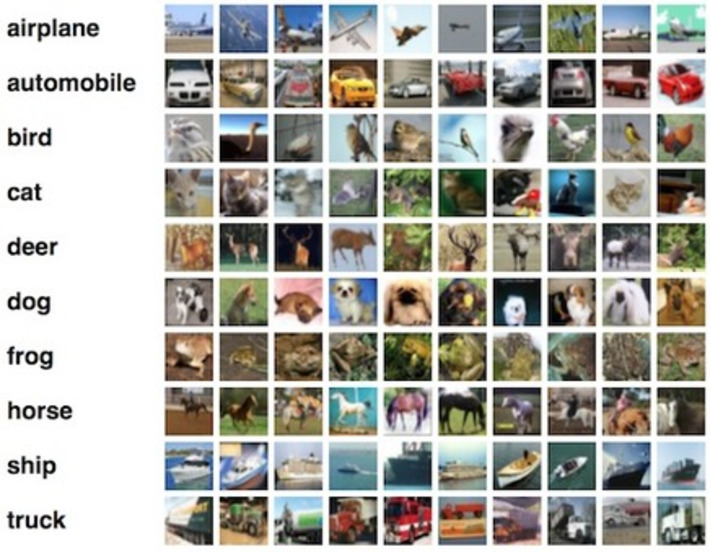
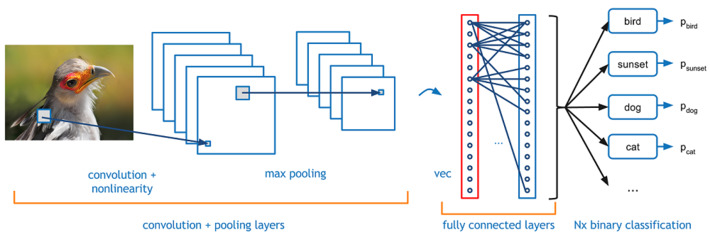
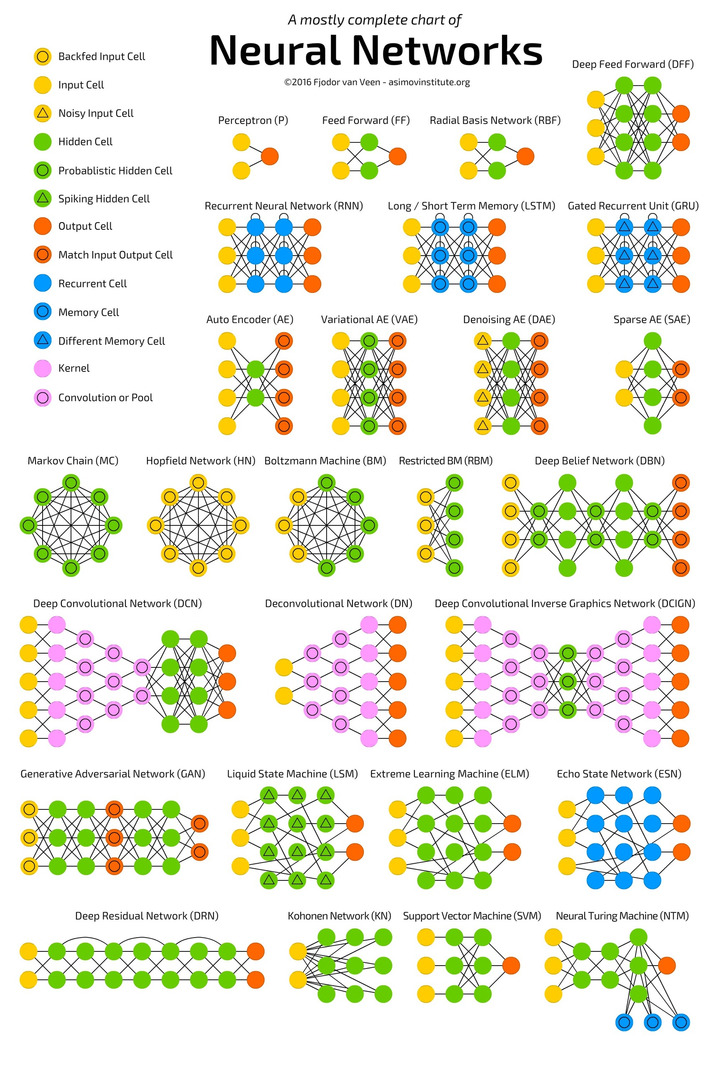








WHY THIS IS IMPORTANT
For everyone concerned about privacy in the digital world, the mega digital record would provide visibility into what is currently a completely opaque process. But far more reaching is the possibility to extend this audit trail to all our personal data.